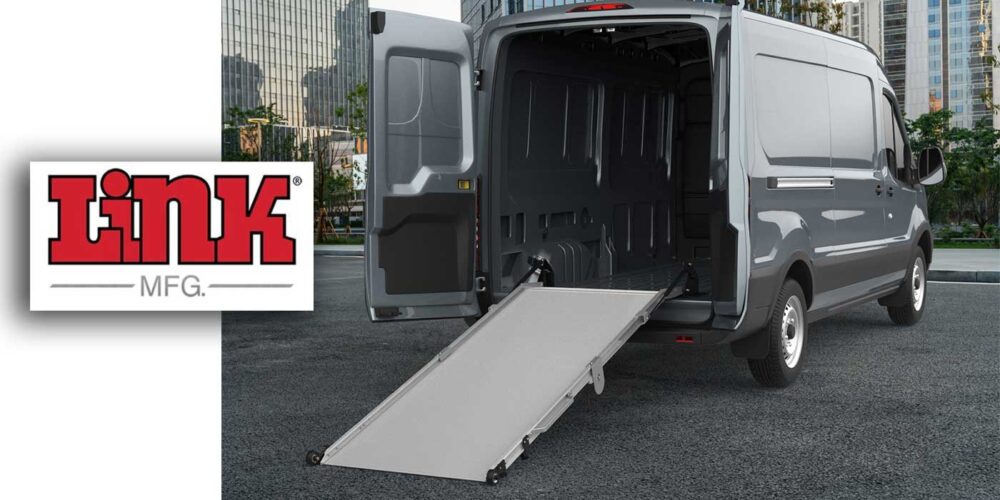As late as the 1970s, some bias ply truck tires came from the factory with balancing “pads” strategically placed inside the tire liner to at least partially correct the uneven distribution of mass around the tire. This helped reduce vibration as the truck rolled at increasing speeds on road surfaces. Of course, then suspension systems were harsher riding and had lots of built-in damping from interleaf spring friction. There were also lots of other driveline vibrations that made it difficult to isolate ride disturbance caused strictly by tires, not to mention the rim and wheel systems of that time.
The conversion to radial tires demanded closer tolerances of tire components and resulted in much improved uniformity. However, the radials of today have progressed well beyond those earlier models. Modern wheel attachment systems, hub piloting and increasing market penetration of machined alloy forgings vs. fabricated wheels have all reduced the inherent need for tire/wheel assembly balancing in recent years. Some fleets have even stopped routine balancing and make corrections only in response to driver complaints. With this background, it’s reasonable to ponder the future of tire/wheel balancing. Consider this:
• Lead weights, traditionally used for balance correction, have been outlawed in Europe and several U.S. states, with more restrictions soon to follow. Alternative metals, such as zinc and tin, are being used for some passenger cars, but are physically larger and bulkier than lead.
• Long term retention of clip-on weights is a continuing issue, especially on aluminum wheels. Galvanic corrosion at weight/wheel interfaces is another growing problem, especially with newer generation anti-icing solutions.
• Popular 22.5 LP drive tires lose about 30 lbs. of tread rubber (60 lbs. in a set of duals) from new to a typical pull point of 6-7/32nds of tread depth. This significantly changes the balance correction needed and often results in tire performance issues during the latter stages of treadwear. Re-balancing or some sort of adaptive balance mechanism are the only known answers to this issue.
• There is a growing belief and some data to support the premise that more perfectly balanced rotating assemblies conserve more energy than even slightly unbalanced ones. This small, but consistent, reduced energy loss would logically result in improved truck fuel economy, although this change has been difficult to document.
• It has been clearly documented that some alternatives to traditional balancing result in ride improvements beyond even perfectly balanced lead weight assemblies. This is attributed to an added damping effect and is quantified by measuring vertical force inputs to spindles.
• Vehicle manufacturer studies have shown that truck ride, especially on air ride tandem axle rigs, is influenced more by drive tire assembly uniformity than by steer tires. Overall ride quality is becoming a more significant issue in driver retention.
• Truck tire/wheel balancing machines can be expensive and ill-maintained. Also, they are generally not available for road service tire replacements.
With these trends, several large fleets have adopted materials that are placed inside tire/wheel assemblies to auto-balance, eliminate lead from shops and adapt to changing balance requirements as tires wear. Expected benefits are reduced costs, fewer driver ride complaints, extended take-off mileages and lead-free shop environments.
Recognizing a variety of competing products are available, the Tire and Wheel Study Group of the Technology and Maintenance Council has developed a new Recommended Practice (RP 246) to help fleets sort through these products. This document explains the different families of products designed for use inside truck tires and specifically enumerates questions fleets might ask of prospective suppliers to help in deciding whether or not certain of these materials might benefit their operation and, if so, to help differentiate among the various offerings.
As with many new technologies, approaches are varied and previously unfamiliar products are becoming available. The RP noted above and established industry engineers familiar with tire and wheel products can provide valuable input. Like in so many similar situations, fleets are strongly encouraged to seek this quality advice.













